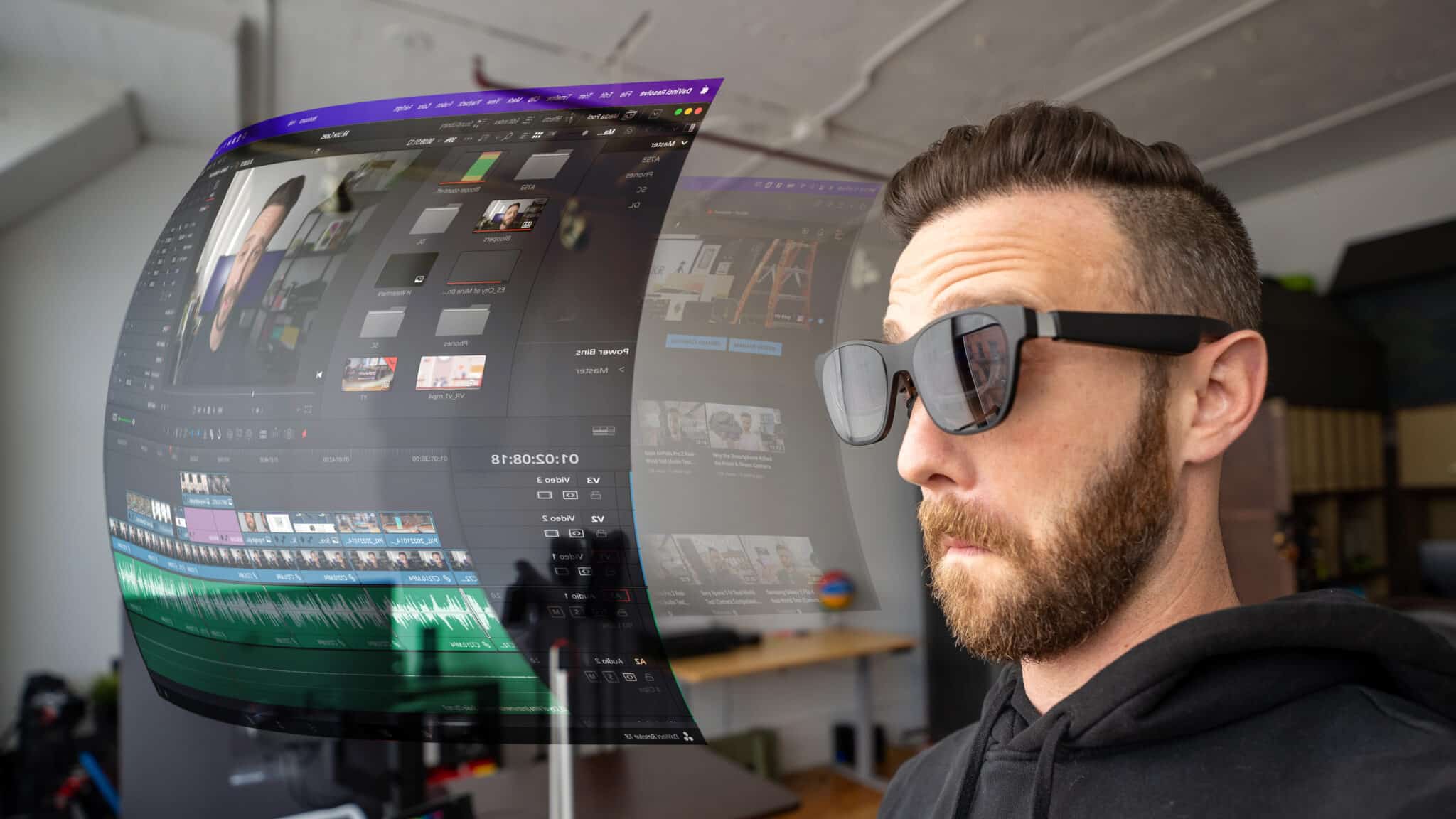How to Overclock the Samsung Galaxy Grand Duos (GT-I9082)
Sick and tired of using the same customization tools on your Samsung Galaxy Grand Duos? Want to do something different and exciting? If you answered yes, then we’ve got something for you. If you’re rooted and want to get the best out of your device, then just go ahead and overclock your device. What it does is it lets you improve the performance of your device by increasing the clock speed of your CPU, so you can better take advantage of resource-intensive games and apps. Without further ado, here’s how you can overclock your Samsung Galaxy Grand Duos smartphone:
I. Before You Begin:
1. You must have rooted your device before doing this procedure. Please head to our How to Root the Samsung Galaxy Grand Duos procedure and root your device.
2. You must have CWM Recovery installed on your device. Follow our guide on the same to do that.
II. Make a Backup:
1. Head over to the Google Play and download and install the Quick Boot app on your device.
2. Once the app’s been installed, launch it from your App Drawer.
3. Hit the Recovery option to reboot your device into Recovery mode.
4. Once in Recovery, select backup and restore followed by backup.
5. Create a backup of your entire filesystem and save it on your device.
6. You’re done!
III. Downloading Required Files:
1. Experimental Kernel (Download link’s given in the first post)
2. Odin
3. Fastboot
IV. Flashing the Overclock Kernel on the Samsung Galaxy Grand Duos (GT-I9082):
1. Place all three files you’ve downloaded to your Desktop.
2. Extract files from the Odin as well as Fastboot archives over to your Desktop.
3. Enable the USB debugging option on your device by heading to Menu>>Settings>>Developer options>>USB debugging.
4. Plug in your device to your PC via USB cable.
5. Open a Command Prompt Window on your Desktop. To do that, simply hold down the Shift button and right-click anywhere on your Desktop and choose Open command window here.
6. Type in following command into the Command Prompt Window:
adb reboot download
7. Your device should reboot into the Download mode.
8. Close the Command Prompt Window.
9. Double-click on the Odin executable file available on your Desktop.
10. Click on PDA and select the Experimental Kernel file available on your Desktop.
11. Make sure you haven’t checked the Repartition box in the tool.
12. Hit Start in the Odin and it’ll begin flashing the kernel on your device.
13. The kernel will be flashed in a few minutes.
14. Once it’s been flashed, reboot your device.
15. You’re done!
V. Overclocking the Samsung Galaxy Grand Duos (GT-I9082):
1. Download and install any of these apps on your device:
2. Once installed, open the app from your App Drawer.
3. Now drag the slider or use the available option to increase your CPU clock speed. Keep on increasing it as long as your device doesn’t crash.
4. Make sure not to choose save on boot option in the app as it may crash your device.
5. Once your device becomes comfortable at a specific clock speed, close the app.
6. You’re all done!
Awesome! You’ve successfully overclocked your device!
VI. Reverting Back to the Stock Kernel (Optional):
1. Launch the Quick Boot app from your App Drawer.
2. Hit the Recovery option to reboot your device into Recovery mode.
3. Once in Recovery, select backup and restore followed by restore.
4. Choose the most recent backup you have there to be restored on your device.
5. It’ll begin restoring the backup on your device, will take some good time to finish.
6. Once the backup’s been restored, reboot your device.
7. You’re all done!
Great! You’ve successfully reverted back to the stock kernel!
If this procedure helped you please thank/donate to the original developers here.



My phone keeps restarting itself after doing 4th step… Now I can’t open my phone… Help me… Sorry for my bad language
same thing happens with me